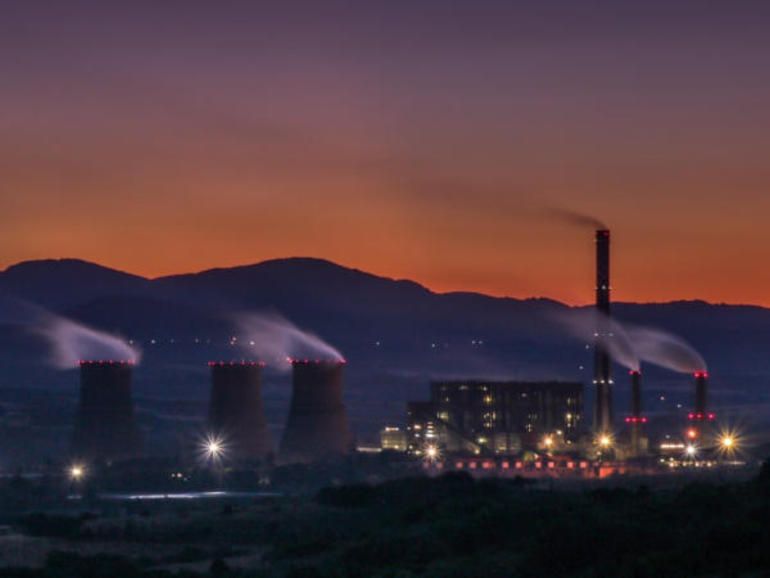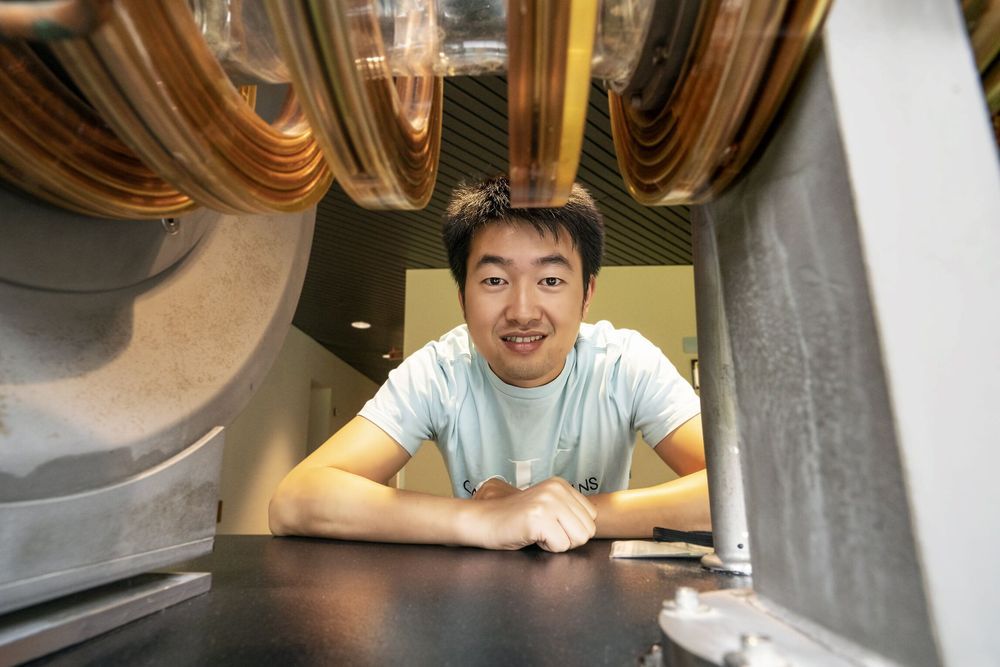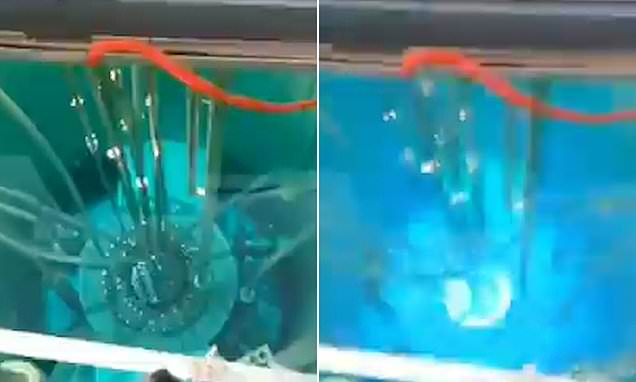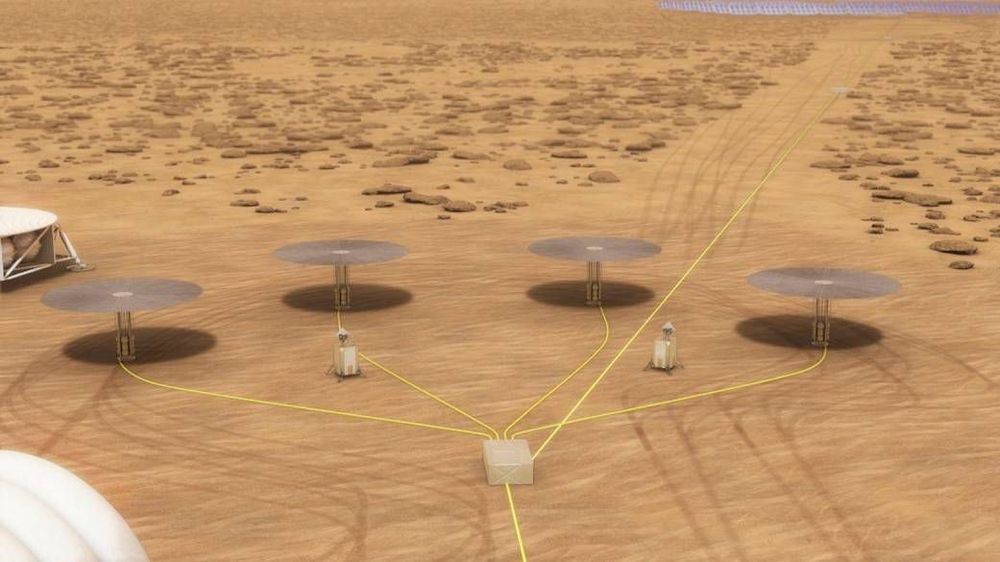A doctor who treated survivors of a mysterious nuclear accident in Russia was told that the radioactive isotope cesium-137 must have made its way into their body due to “Fukushima crabs,” according to CNN.
The August 8 incident at the Nyonoksa testing range on a platform in the White Sea has not yet been fully explained, but at least seven individuals have been reported dead after what nuclear agency Rosatom described as an accident involving an “isotope power source for a liquid-fuelled rocket engine.” It later emerged that the incident was serious enough that Russian officials in Arkhangelsk wavered over the issue of whether to issue evacuation orders for nearby towns. While several of the personnel deaths were due to an onsite explosion, the Washington Post reported this week (citing the Novaya Gazeta newspaper) that two individuals had died of radiation exposure before they could be taken to Moscow for treatment.
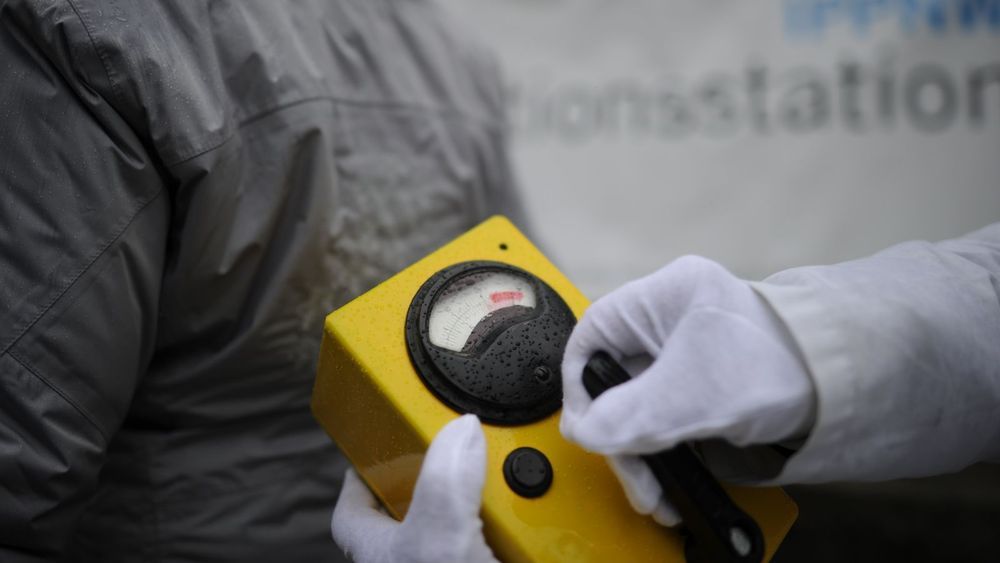


 Last year, Pentagon mad science arm DARPA was working on one of its wildest projects yet: a microchip-sized nuclear reactor. The program is now officially done, the agency says. But these sorts of far-out projects have a habit of being reemerging under new managers and new names.
Last year, Pentagon mad science arm DARPA was working on one of its wildest projects yet: a microchip-sized nuclear reactor. The program is now officially done, the agency says. But these sorts of far-out projects have a habit of being reemerging under new managers and new names.